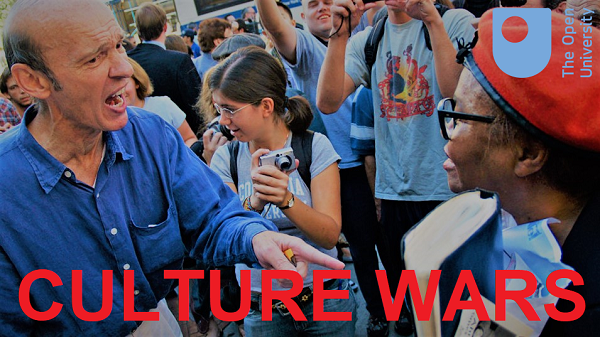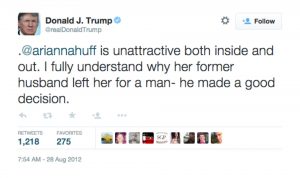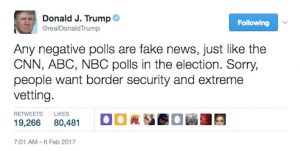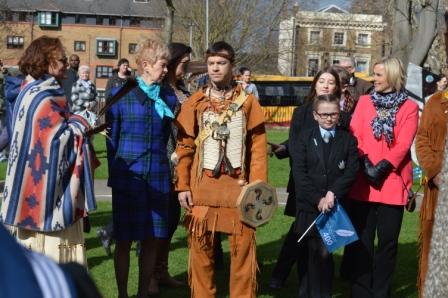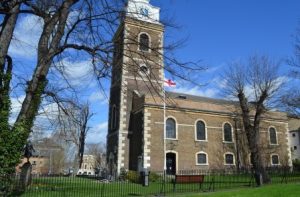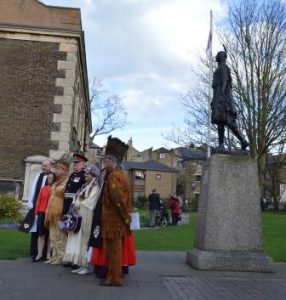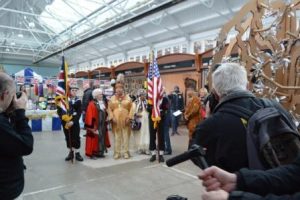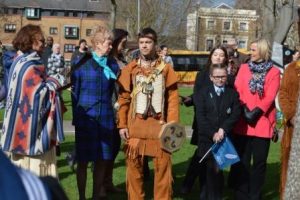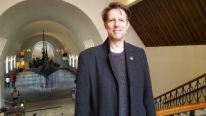By Suzanne Newcombe. Part 2 of a Series (read Part 1 here)
The concept of the Alt+R has become familiar with the ascendency of Donald Trump to the office of the President of the United States. The need for an alternative to the political and economic status quo is felt on all sides of political persuasions. What to do about this situation though, often appears harder to propose and even harder to agree upon. I will first describe the current ‘culture wars’ as a conflict between an Alt+R and a Ctrl+L – before arguing for the importance of teaching and using the methods of the Social Sciences and Humanities to navigate this environment.
The Alt+R is associated with abrasive ‘plain-talking’ populist ‘truths’ and cries of ‘fake news’ when facts are interpreted with what is seen to be the wrong conclusion. The Alt+R uses a variety of strategies to delegitimize and silence opposing political views, from promoting its own ‘trusted’ and ‘unbiased’ sources such as Breitbart, Fox News and Citizen’s United political ‘exposes’ to decrying critical news sources as ‘FAKE NEWS’, to blatant ad hominem attacks, in the USA, against figures like Senator Rand Paul, Hilary Clinton or Arianna Huffington.
While this vitriolic discourse is more intense on the other side of the pond, there are echoes of it in European politics with the various populist movements from the English Defence League, UKIP, to France’s National Front to Greece’s Golden Dawn.
Although the Alt+R has embraced this term as one of positive self-identity, one can also identify what I will term a “Ctr+L” – those self-identifying on the left of the political spectrum who also attempt to silence opposition. At times, traditional media sources have described the Alt+R’s message as unsubstantiated conspiracy theories, discrediting the message without examination of the evidence.
University engagement in no-platforming and silencing of opposition through noisy protests and chants, removing the books of Holocaust deniers from open-access shelves, and an enforcement of ‘politically correct’ language, provides ammunition for the Alt+R’s impressions of the existence of a ‘liberal thought police’.
The Ctr+L is not above riots and violence, as events surrounding schedule talks of (then) Breitbart News spokesperson Milo Yiannopoulos at California Universities UCLA, Davis and Berkeley during early 2017 and some G20 protests have shown.

Photograph of a burning police cruiser at the G20 protests in 2010 which turned violent in Toronto. Image by Mark Mozaz Wallis (Creative Commons).
So what can we, as educators, do in a time when (apparently) the ‘authority of experts’ is derided? Continue reading

